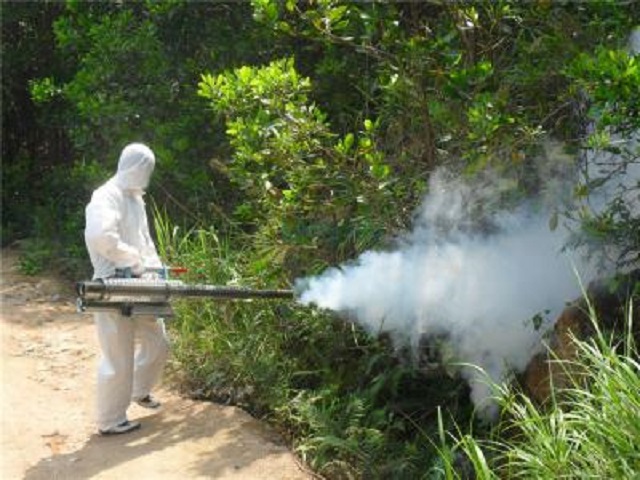Deadliest creature in the world invades homes in Zimbabwe and the world where temperatures are high

Kudzai Gaveni, Online Writer
THE deadliest creature in the world has once again invaded homes in Zimbabwe and other tropical regions as temperatures warm up.
It is not a lion, venomous snake, crocodile or one of those big scary animals. Actually, it could d be among the tiniest animals in the world. Causing the deaths of about 1 million people every year worldwide – up to 10 times more than snakes that are rated the second deadliest killers – mosquitoes thrive in hot humid conditions.

A mosquito
The mosquito comes top consistently in ratings of the world’s top killer across numerous scientific sites.
With temperatures picking up for the summer season in Zimbabwe and other parts of the southern hemisphere, mosquito bites are becoming more frequent. Different types of mosquitoes cause a range of diseases that can be fatal if not treated early.
The diseases include malaria, Zika, Dengue Fever, West Nile Virus, Yellow fever and Chikungunya. In Zimbabwe, the main killer disease spread by mosquitoes is malaria. Victims contract it through the bite of the female anopheles mosquito.
Good news, at least for people in Bulawayo and Harare – according to health experts- is that there are no malaria-causing mosquitoes in the cities.
Malaria cases are often imported from the eight rural provinces. The mosquitoes found in the cities are mainly culex species that bite terribly at night and people lose sleep because of them but are not harmful to health.

Culex Mosquito – pic cred Centre for Disease Control
They may occasionally cause allergic reactions or skin rashes but are otherwise not really harmful.
Nearly half of the world’s 8 billion people are at at risk of malaria due to mosquito bites.
Africa has the highest rate of malaria cases, according to the latest world malaria report by the World Health Organization.
The continent is believed to have 95 percent of the world’s malaria cases and 96 percent death records.
Nigeria, the Democratic Republic of the Congo, the United Republic of Tanzania, and Niger recorded more than half of all deaths from the mosquito-borne disease.
Infants, children under 5yrs, pregnant women, travelers, and people with HIV and AIDs are at a higher risk of severe infections.
According to the World Health Organisation, the most common early symptoms of malaria are fever, headache, and chills.
The symptoms usually start within 10-15 days of getting bitten by an infected mosquito.
Futher good news is that malaria is both preventable and treatable.
To prevent malaria, people should use mosquito nets, repellents, coils, and vapors; and wear clothing that covers exposed skin, especially at night.

A mosquito net
Travelers are also advised to visit the doctors when visiting mosquito-infested areas so that they can be given medication such as Chemoprophylaxis before traveling.
Regular spraying of stagnant water bodies and removal of containers in which water can collect, like empty tins around homes, can destroy breeding grounds for mosquitoes and reduce their menace.

Once malaria is suspected, victims are advised to rush to hospital for treatment as delays may result in death.











Comments